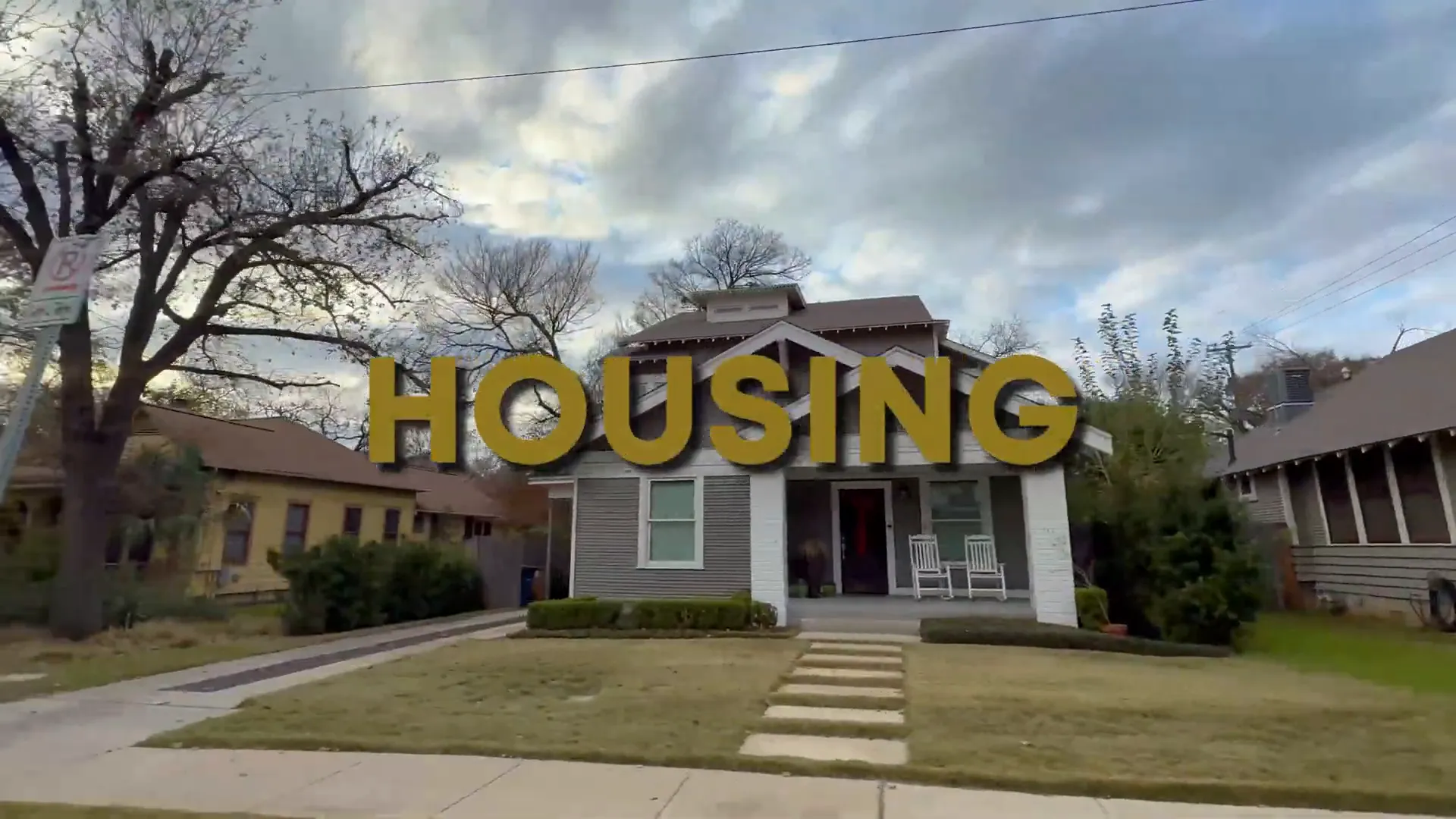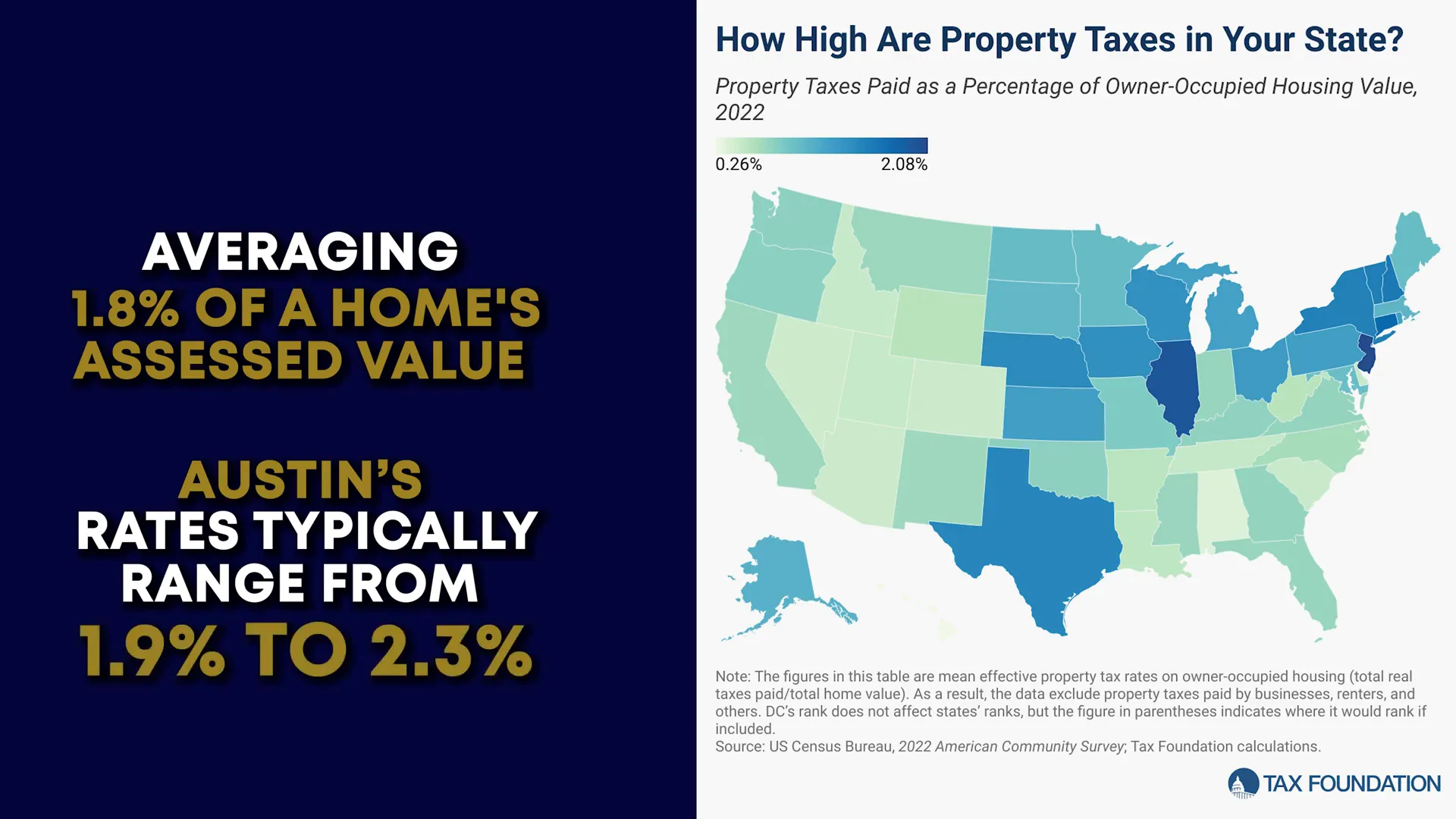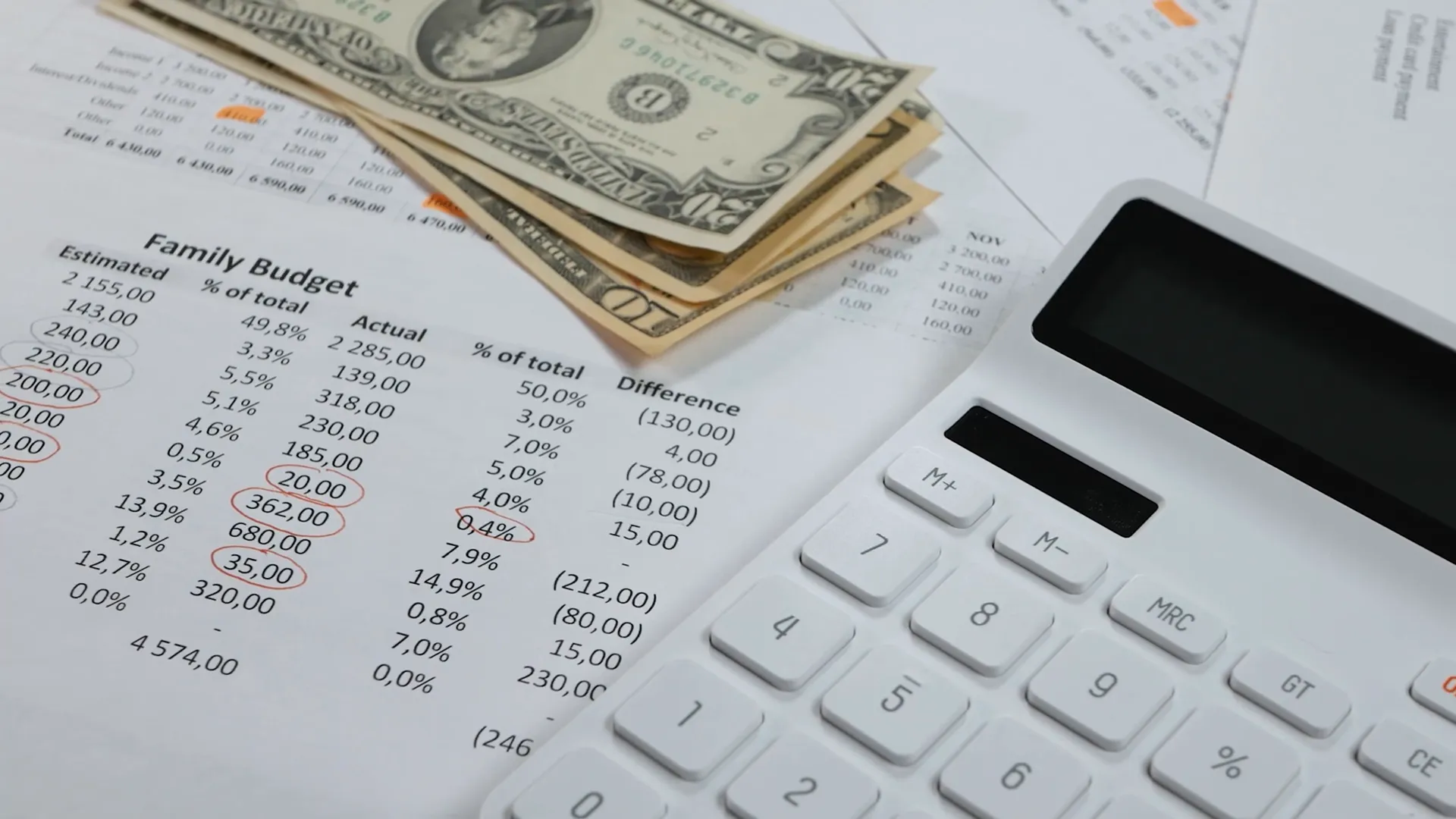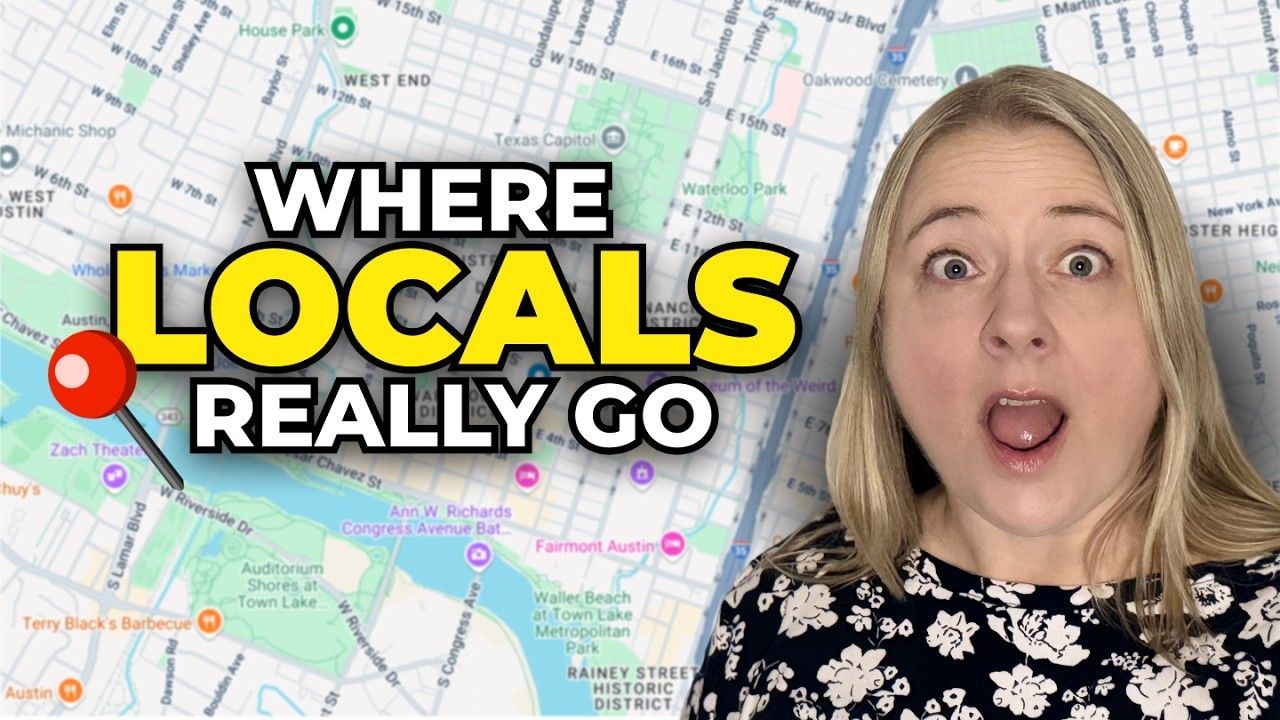DON'T Move to Austin Without Seeing THESE Hidden Costs
If you're considering making the move to Austin, Texas in 2025, you're not alone. This vibrant city has drawn countless newcomers with its unique blend of culture, innovation, and lifestyle. However, before you pack your bags, it's crucial to understand the true cost of living here. From skyrocketing housing prices to unexpected utility expenses, we've broken down everything you need to know to make an informed decision. Let’s dive in!
Table of Contents
- Housing Costs in Austin and Suburbs
- Renting vs. Buying: What You Need to Know
- Property Taxes in Austin: MUDs & PIDs Explained
- Transportation Costs: Toll Roads, Gas Prices & Public Transit
- Groceries & Dining Out: Budget-Friendly Austin Eats
- Entertainment in Austin: Free Activities & Events
- Healthcare in Austin: Access, Wait Times & Tips
- Final Thoughts: Is Austin Affordable in 2025?
- FAQs About Moving to Austin TX
Housing Costs in Austin and Suburbs
The housing market in Austin has been a hot topic for several years, and for good reason. As of November 2024, the median home price in Austin has soared to over $573,000, significantly higher than the national median of just over $406,000. This trend isn't just limited to the city itself; the surrounding areas are also seeing rising prices.
For context, here are some median prices in nearby counties:
- Travis County (which includes Austin and suburbs like Pflugerville and Manor): $515,000
- Williamson County (home to Round Rock and Cedar Park): $423,000
- Dallas: $400,000
- Houston: $350,000
- San Antonio: $325,000
This range of prices affords flexibility, depending on your budget and lifestyle needs. If you're looking to save on housing costs, consider suburbs like Manor, Pflugerville, and Hutto, where median prices are significantly lower:
- Pflugerville: $400,000
- Hutto: $356,000
Many new construction neighborhoods offer perks such as lower interest rates, assistance with closing costs, and upgrades like granite countertops. These suburbs are just a 30-minute drive from Austin's best spots, making them a viable option for those looking to balance affordability with convenience.

Renting vs. Buying: What You Need to Know
If buying a home isn't in your plans, the rental market in Austin offers a variety of options. As of December 2024, the average rent for a three-bedroom home in Austin is approximately $2,400. However, if you venture into suburbs like Round Rock or Manor, you might find median rents at:
- Round Rock: $2,075
- Manor: $1,950
These areas provide more space and a quieter lifestyle while still being conveniently located for commutes to downtown Austin. However, if you desire to live in high-demand areas like downtown or South Congress, be prepared to pay a premium:
- One-bedroom downtown: $2,500
- South Congress: $2,300
For those willing to be flexible with their location, neighborhoods like East Riverside or North Austin can start at more affordable rates of around $1,800 for a one-bedroom apartment. Overall, Austin's rental market is diverse, catering to various budgets and lifestyles.
Property Taxes in Austin: MUDs & PIDs Explained
One of the often-overlooked costs of living in Austin is property taxes. Texas has no state income tax, but property taxes can be quite steep, averaging around 1.8% of a home's assessed value. In Austin, these rates typically range from 1.9% to 2.3%. Additionally, some suburbs are subject to Municipal Utility Districts (MUDs) or Public Improvement Districts (PIDs), which can further increase property tax rates.
For example:
- Sunfield MUD in Buda: 2.8% total tax rate
- Estancia PID in South Austin: 2.7% total tax rate
These additional costs help fund infrastructure improvements and community amenities, adding value to the neighborhoods. If you're looking to save on property taxes, consider smaller lots or new construction homes in areas like Manor or Leander. Many builders offer energy-efficient designs and incentives like reduced closing costs or lower interest rates, making these options even more appealing.

Utility Costs in Austin: Energy Bills & Tips to Save
Utility costs are another significant factor to consider when relocating to Austin. On average, residents spend around $230 per month on essentials such as electricity, water, and waste services. This is slightly below the national average of $253 per month. However, with Austin's rapid growth and increasing energy demands—especially during the hot Texas summers—utility bills can rise quickly.
For instance, during the summer of 2024, peak energy demands contributed to higher costs during peak times. To keep your bills manageable, consider the following tips:
- Set your thermostat a few degrees higher in the summer.
- Consider using LED lighting to reduce electricity usage.
- Unplug electronics when not in use to save energy.
- Use a programmable thermostat for better temperature control.
Additionally, if you find yourself frequently using toll roads like 183A and 45 North, be aware that these can cost around $2 to $4 per trip, which can add up quickly. For a more budget-friendly option, consider using Metro Rail rides, which cost just $1.25, with monthly passes available for $41.25—ideal if you're near Leander or Lakeline.

Transportation Costs: Toll Roads, Gas Prices & Public Transit
Transportation costs in Austin can vary significantly depending on your commuting habits. As of December 2024, gas prices in Austin are lower than the national average, averaging around $2.68 per gallon. For perspective, one of our team members spends about $36 to fill up her Santa Fe, while another spends around $55 for a Chevy Colorado.
Whether you prioritize cost or convenience, the choice is yours. Public transit can be a great way to save on transportation expenses, especially if you live near a Metro Rail station. The affordability of public transit makes it an attractive option for many residents.
Groceries & Dining Out: Budget-Friendly Austin Eats
When it comes to groceries, Austin is comparable to other major cities, with a family of four spending around $850 per month. However, what truly sets Austin apart is its thriving dining scene. From high-end sushi at Uchi to gourmet tacos and vegan barbecue at iconic food trucks, Austin offers a culinary experience that goes beyond just food.
Dining out in Austin can be both enjoyable and budget-friendly. Whether enjoying a meal at a rooftop restaurant or a casual food truck park, the dining experience in Austin is one that shouldn't be missed.

Entertainment in Austin: Free Activities & Events
One of the best aspects of living in Austin is the abundance of entertainment options available, many of which are free. You can enjoy outdoor activities like hiking in Barton Creek Greenbelt, paddle boarding on Lady Bird Lake, or visiting Mount Bonnell for breathtaking views. Major events like Austin City Limits and South by Southwest come with higher price tags, but you can still find free live music on 6th Street and explore art markets and food festivals throughout the city. No matter your budget, there's always something happening in Austin to keep you entertained!
Healthcare in Austin: Access, Wait Times & Tips
Access to quality healthcare is crucial for any prospective resident. Austin is home to several top-notch healthcare providers, including Ascension Seton, St. David's, Baylor Scott & White, and Austin Regional Clinic, all of which have convenient locations across the city and surrounding suburbs.
If you ever find yourself in need of emergency care, be prepared for wait times that can average about 1.9 hours at Baylor Scott & White and can extend up to 4.6 hours at Dell Seton. For non-urgent issues, consider visiting an urgent care center or scheduling an online appointment to save time.
Pro Tip: Many hospitals and urgent care centers now offer apps and online portals where you can check wait times in real-time or even reserve your spot. As Austin's population continues to grow, longer waits for healthcare appointments—especially with specialists—are becoming more common. Don’t wait until you’re sick; set up your primary care and specialist appointments as soon as possible, and if you're relocating, book these appointments before you move so you're covered when you arrive.
Final Thoughts: Is Austin Affordable in 2025?
The question of affordability in Austin in 2025 is complex and depends on how much you value the trade-offs. Yes, housing costs and property taxes are higher than in many other locations, but what you gain is the opportunity to live in one of the most exciting and opportunity-filled cities in the country. Imagine waking up in a city where innovation meets creativity, with endless events, outdoor activities, and a food scene that's second to none.
The real question to ask yourself is: how much is the Austin lifestyle worth to you? Moving to Austin is all about balance. Take the time to plan your move carefully, considering what matters most to you—your budget, the right neighborhood, or convenience. If the prospect of moving feels overwhelming, remember that there are resources available to help guide you every step of the way.
FAQs About Moving to Austin TX
What is the average cost of living in Austin, TX?
The average cost of living in Austin can vary widely depending on factors such as housing, utilities, and lifestyle choices. As of 2025, the average rent for a three-bedroom home in Austin is about $2,400, while groceries for a family of four average around $850 per month.
Are property taxes high in Austin?
Yes, property taxes in Austin are relatively high, averaging 1.9% to 2.3% of a home's assessed value. This is an important factor to consider when budgeting for a move to the area.
What are the best suburbs to live in near Austin?
Suburbs like Pflugerville, Manor, and Hutto offer more affordable housing options while still being conveniently located for commutes to downtown Austin. These areas provide a quieter lifestyle with good amenities.
How can I save on utility costs in Austin?
To save on utility costs, consider investing in energy-efficient appliances, adjusting your thermostat during the hot summer months, and being mindful of peak energy usage times.
What types of entertainment are available in Austin?
Austin has a vibrant entertainment scene with plenty of free activities, such as outdoor hiking, paddle boarding, and live music events. Major festivals like Austin City Limits and South by Southwest also offer a wide range of entertainment options.
In conclusion, moving to Austin in 2025 is a significant decision that involves understanding various costs and lifestyle factors. The vibrant culture and opportunities available in Austin make it an appealing choice, but it’s essential to be fully informed about the financial implications before making the move. If you have any questions or need guidance, don’t hesitate to reach out. We’re here to help you find a home that fits your budget and lifestyle!
Living In Austin Texas
With years of experience in both residential and investment properties, they are dedicated to helping clients navigate Austin’s thriving market.
LIVING IN Austin TX
Specializing in relocation and real estate investment, they provide expert advice and guidance to help you find your dream home or investment property in the vibrant Austin market. Tune in for helpful tips, neighborhood tours, and insights on living in Austin.






